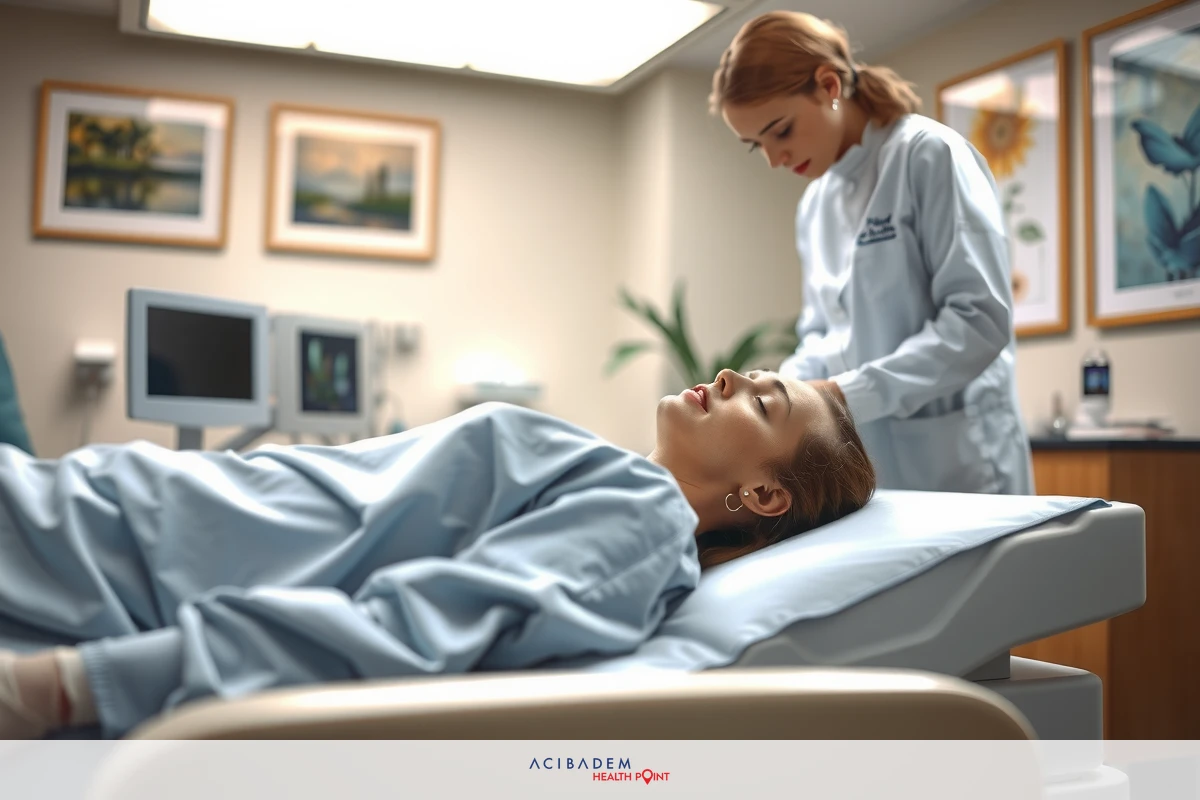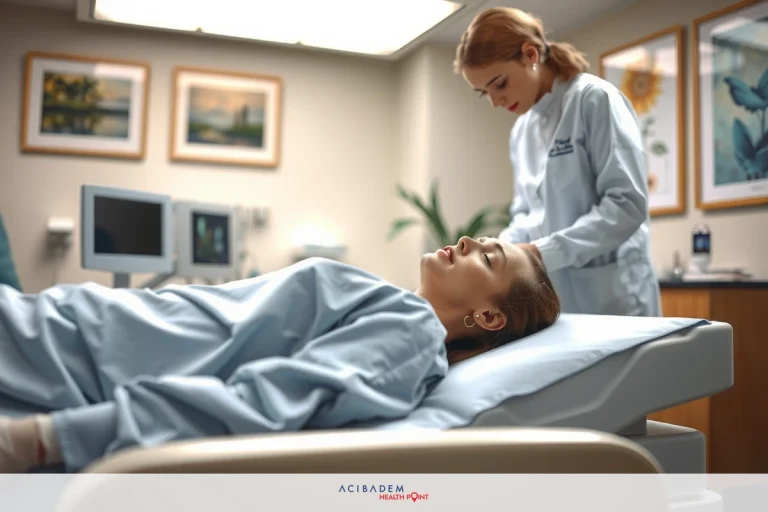How Long Does Uneven Swelling Last Rhinoplasty?
How Long Does Uneven Swelling Last Rhinoplasty? Rhinoplasty, often leads to uneven swelling during the recovery period. This is not an uncommon occurrence and can be influenced by various factors such as individual healing rates and response to trauma. It’s important for patients undergoing this type of surgery to establish realistic expectations about their post-operative experience.
The duration of uneven swelling following rhinoplasty varies greatly among individuals. While some may notice substantial reduction in swelling within weeks, others might have residual puffiness for several months after the operation. Management techniques can help alleviate some discomfort and accelerate the resolution process, enhancing overall satisfaction with the surgical outcome.
Causes of Uneven Swelling
Uneven swelling following rhinoplasty is a complex phenomenon, the roots of which are intertwined with several factors. These include aspects inherent to the surgical procedure itself and physiological responses unique to each patient. Rhinoplasty, being an invasive nose surgery, causes trauma that elicits various reactions from the body.
The first notable factor influencing uneven swelling is inflammation triggered by tissue damage during surgery. This natural response aims at protecting and repairing affected areas but can result in pronounced or asymmetrical swelling if overly stimulated or extended over time. Patients may notice different degrees of puffiness on either side of their nose, often leading them to question the duration this condition will persist throughout recovery.
Another contributing element is individual healing capacity determined largely by genetic makeup and overall health status. Some people have bodies that recover swiftly from traumatic events like surgeries; others might take longer durations for their systems to return to normalcy after such extreme disturbances as rhinoplasties entail. Other personal characteristics such as age and skin elasticity also play roles in determining how long uneven swelling lasts post-rhinoplasty.
Blood supply variations across different nasal regions likewise contribute to unequal puffiness levels seen following nose surgeries. Areas rich in blood vessels tend to swell more than those less endowed owing mainly due to increased fluid leakage into surrounding tissues – a typical feature accompanying inflammatory processes initiated by injuries derived from operations like rhinoplasties.
It’s worth mentioning that post-operative care greatly impacts outcomes regarding uneven swelling after nose surgery too- adherence (or lack thereof) towards recommended guidelines can significantly affect both severity and persistence patterns associated with this common post-surgical symptom experienced frequently amidst patients undergoing procedures involving substantial modifications made upon their noses’ structure.
Duration
The timeline for uneven swelling post-rhinoplasty is as unique as each patient. It’s nearly impossible to predict with precision the exact duration one should expect this condition to persist because it hinges on a myriad of factors discussed previously. However, drawing from general observations and broad-based experiences, some patterns do emerge that can provide a sense of what one might anticipate along the journey towards complete recovery.
In the initial days following nose surgery, patients commonly experience important uneven swelling due to acute inflammatory responses triggered by surgical trauma. This phase may last anywhere between a week to ten days, during which time diligent adherence to aftercare guidelines can help manage discomfort and minimize potential

complications. As healing progresses beyond this stage, most people start seeing gradual reductions in puffiness although asymmetry might still be noticeable owing mainly due to individual variations in tissue reaction and recovery rates.
This period often extends into months where improvements become more subtle yet steady nonetheless an encouraging sign signaling your bodys continuous efforts at restoration despite seeming external stagnation at times! By three months post rhinoplasty procedure , many individuals notice marked decrease but not complete resolution regarding their initially prominent nasal swellings; residual puffiness tends generally lessen progressively over subsequent weeks till about six-month mark when majority report satisfaction concerning aesthetic outcomes achieved through undergoing surgery earlier year .
It’s important though remembering that these timelines represent averages rather than absolute rules applicable universally across all cases – there always exists possibility for outliers falling outside norm either shorter or longer durations than normally expected . Hence , maintaining open communication with your surgeon throughout entire process becomes critical ensuring optimal results while managing effectively any concerns arising along way related specifically issues such uneven swelling lasting prolonged periods following rhinoplasties conducted purpose
improving both functional aspects associated breathing functionality alongside enhancing cosmetic appearance overall facial features particularly central element i.e., nose !
Managing
Managing and reducing uneven swelling after rhinoplasty is a task that requires patience, adherence to medical advice, and some helpful techniques. This endeavor’s success influences the duration of recovery from nose surgery and satisfaction with the final outcome. Here are several tips to help manage this common post-operative symptom effectively:
Elevate Your Head: Keeping your head elevated, especially during sleep, helps reduce blood flow to the area thereby decreasing swelling.
Cool Compresses: Applying cool compresses around (not directly on) the nose can soothe discomfort and minimize puffiness.
Avoid Strenuous Activities: Engaging in high-intensity activities can increase blood pressure thus exacerbating swelling; rest as much as possible instead. Stay Hydrated: Consuming adequate fluids promotes body functions including healing processes involved in recovery from surgeries such as rhinoplasties. Healthy Diet: Foods rich in vitamins A & C aid tissue repair while those high in sodium can enhance fluid retention hence should be avoided for limiting further swellings.
Remember that each persons experience differs when it comes to recovering from rhinoplasty. What works well for one may not necessarily yield similar results for another given individual differences inherent among us all. Consider these suggestions more so general guidelines rather than rigid rules they aim providing useful starting points towards tailoring most effective strategy suited uniquely you managing successfully challenges like uneven swellings faced commonly by patients undergoing corrective or cosmetic procedures involving modifications made upon their noses’ structure .
Frequently Asked Questions
How long does uneven swelling typically last after rhinoplasty?
The duration of uneven swelling varies greatly among individuals. While some may see a significant reduction in weeks, others might experience residual puffiness for several months post-operation.
What are the main causes of uneven swelling following nose surgery?
Several factors contribute to this condition. These include inflammation from surgical trauma, individual healing capacities, variations in blood supply across nasal regions, and adherence to post-operative care guidelines.
Will the swelling ever fully disappear or will there always be some degree of asymmetry?
Most patients notice a substantial improvement in their facial symmetry as recovery progresses over time. Small degrees of asymmetry may persist due to inherent differences between the two sides of any human face.
Are there effective methods to manage and reduce uneven swelling during my recovery period?
Yes! Techniques such as maintaining head elevation, applying cool compresses (not directly on the nose), avoiding strenuous activities, staying hydrated and adhering to a healthy diet can all help manage and expedite resolution of swellings associated with rhinoplasties.











